- 1 -
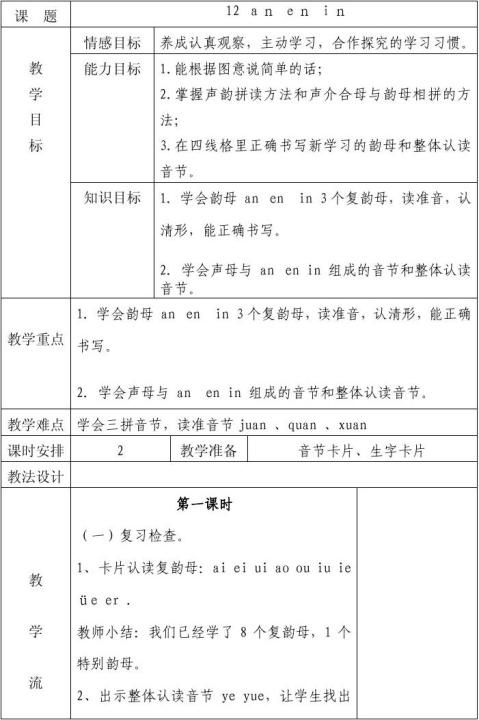
- 2 -
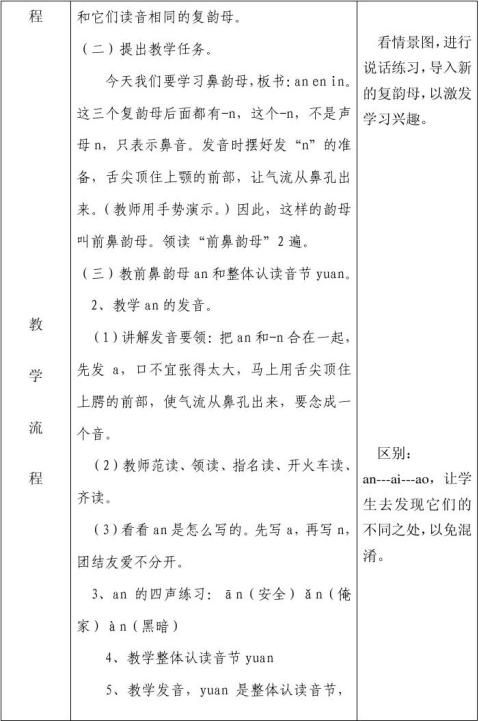
- 3 -
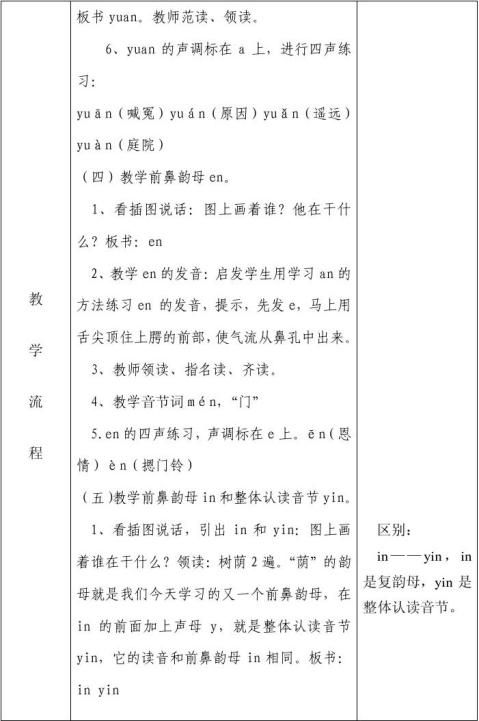
- 4 -
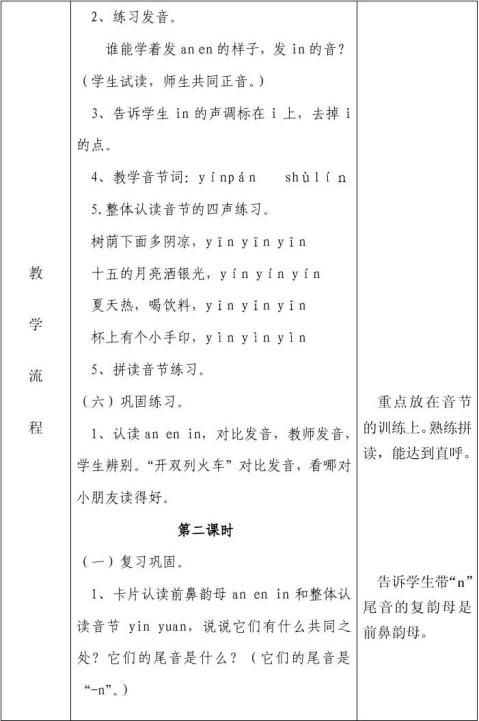
- 5 -
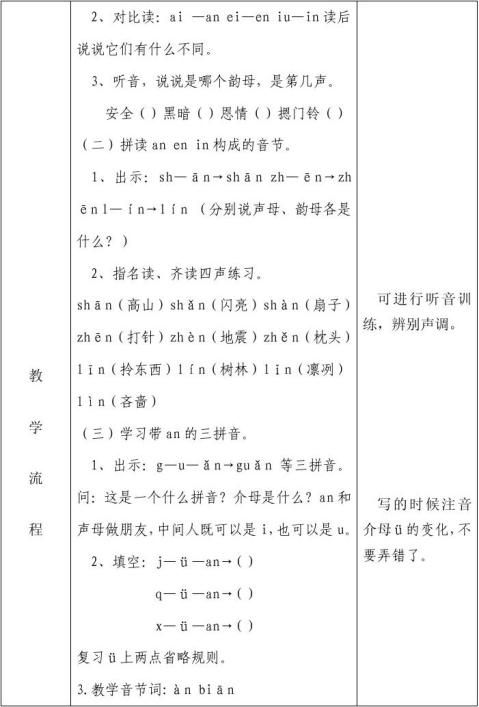
- 6 -
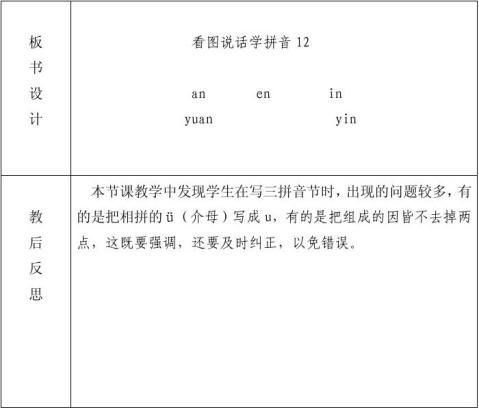
第二篇:初中英语教学论文:英语专业毕业论文范文 A Brief Analysis of english teaching in senior high school
初中英语教学论文:英语专业毕业论文范文 A Brief Analysis of
english teaching in senior high school
A Brief Analysis of english teaching in senior high school
Abstract: Classroom teaching is the main way for students to learn English. But in senior high school, a lots of probelms still exsit in the English teaching especially in the teaching of reading and writing. In this paper, the importance and methods of reading and writing will be further
discussed. Key words: reading writing techniques
Introduction: Classes should be learner-centered, with meaningful, functional activities, often, classes begin by finding out what the students don’t know. These classes operate on the assumption that there is a great deal of information that students lack and that the teacher and textbooks will impact that information to the students. Teachers who hold this assumption view students as plants waiting passively to be fed and watered. But I think the students should be regarded as explorers, active learners who bring a great deal to the learning process and at the same time, draw from their environment as they develop new understandings. The basic principle
will be used in the teaching of reading and writing.
Section One------ How to teach reading
I. Why teach reading
There are many reasons why getting students to read English texts is an important part of the teacher’s job. In the first place, many of them want to be able to read texts in English either for their careers, for study purposes or simply for pleasure. Anything we can do to make reading
easier for them must be a good idea.
Reading texts provide good models for English writing, provide opportunities to study language vocabulary, grammar, punctuation, and the way to construct sentences, paragraphs and texts. Lastly, good reading texts can introduce interesting topics, stimulate discussion, excite imaginative
responses and be the springboard for well-rounded, fascinating lessons.
The last but not the least, students must read widely because only a fraction of knowledge about
the world can come from other experiences in their short lives.
II. What kind of reading should students do?
When the teachers give reading class to students, they should notice a balance----a balance to be struck between real English on the one hand and the students’ capabilities and interests on the other. There is some authentic written material which beginner students can understand to some degree: menus, timetables, signs and basic instructions, for example, and, where appropriate, teachers can use these. But for longer prose, teachers can offer their students texts, which, while being like English, are nevertheless written or adapted especially for their level. Anyway, the materials to be read should be interesting and meaningful. Teachers should become better acquainted with books written specially for teenagers and dealing with their problems.
III. What are the principles behind the teaching of reading?
i) Permit Students To Read
No one has learned to swim by practicing the skills of backstrokes, flutter kicks or treading water
while staying on the edge of the swimming pool. Yet, in the teaching of reading teachers often do just that. Rather than let the students into “the water”, teachers keep them in skills books learning rules about letters, syllables or definitions of words rather than letting them into the book itself, permitting them to be immersed in the language which comes from the authors as the readers try
to reconstruct the written message.
ii) Encourage students to respond to the content of a reading text, not just to the language Of course, it is important to study reading texts for the way they use language, how many paragraphs they contain and how many times they use relative clauses. But the meaning, the message of the text, is much more important. Teachers should help students understand that the main reason to read is for them. They have to have their own purpose to read and reading must make sense, they have to find ways of doing something about it. They should be encouraged either to reread or to continue reading to gain meaning. But they must realize that the meaning is not in the teacher, but in the interaction between the reader and author. Students should be encouraged to ask themselves repeatedly, “Does this make sense to me?” Students should be encouraged to reject
and to be intolerant of reading materials that do not make sense.
iii) Encourage students to guess or predict
Readers’ guesses or predictions are based on the cumulative information and syntactic structure they have been learning as they have been reading. Therefore, their guesses are more often than not appropriate to the materials. Students have to realize that risk taking in reading is appropriate; that using context to decide what words mean is a proficient reading strategy and that they have the language sense to make appropriate guesses which can fit both the grammatical and semantic
sense of what they are reading.
iv) Match the task to the topic
Once a decision has been taken about what kind of reading text the students are going to read, teachers need to choose good reading tasks—the right kind of questions and useful puzzles, etc. Asking boring and inappropriate questions can undermine the most interesting text; the most commonplace passage can be made really exciting with imaginative and challenging tasks. Working in groups, the English teacher and students take turns asking each other questions following the reading. The teacher may ask, “ What is the significance of the character’s age?”
These questions require inferences based on details from the reading text.
Section Two------How to teach writing (Developing correctness in students’ writing)
“Students learn to write by writing, and they learn to write correctly by writing, revising, and proofreading their own work”---with some help or direction from the teacher when it is necessary.
They do not learn to write correctly by studying about writing or doing isolated workbook exercises unrelated to their own writing. So, the most important technique a teacher can use to guide students toward grammatically correct writing is to let them write, let them write things related to their own experiences. There is no limit to the kinds of text the teacher can ask students to write. Teachers’ decisions, though, should based on how much language the students know,
what their interests are.
“Do I read a paper and ignore all punctuation, what good is that for students
We spend hours at night with papers---I’m not sure the students get as much from it as the time
I spend on it.”
These comments by senior high school English teachers discussing the process of marking student papers reflect the dissatisfaction and frustration of many teachers over the problem of
dealing with the errors in student writing-----the obvious mistakes in spelling,
punctuation----Traditionally, teachers have worked to correct errors in two ways: by teaching grammatically correctness through exercise in grammar texts; by pointing out all errors when
making student papers.
Most students find it very dispiriting if they get a piece of written work back and it is covered in red ink, underlings and crossing-out. It is a powerful visual statement of the fact that their written English is terrible. Of course, some pieces of written work are completely full of mistakes, but even in these cases, the teacher has to achieve a balance between being accurate and truthful on
the one hand and treating students sensitively and sympathetically on the other.
Some techniques can be used in dealing with the errors in student papers:
i) Selectivity
Rather than engage in intensive error-correction when responding to student writing, teachers are encouraged to adopt a more moderate approach to error. If the teacher over-corrects the students’ mistakes, the students would be likely to focus on errors instead of ideas. Students are more likely to grow as writers when the teacher’s primary purpose in reading student papers is to respond to content. However, if attention to content and correctness are combined when making papers, it is more helpful to select one or two kinds of errors the individual student is making than to point out every error in the paper. The teacher can identify a selected error, show an example or two on the student paper, and either explain the correct form or direct the student to a handbook for further
explanation. It is always worth writing a comment at the end of a piece of written work -----anything from “Well done” to “This is a good story, but you must look again at your use of
past tenses---see X grammar book page xx.”
ii) Error-analysis
Another method for working with student error, one that can be especially fruitful for teachers, is to approach it from an analytic perspective. Teachers, as error-analyst, look for patterns in the errors of an individual student, tries to discover how the mistake arrived at the mistakes by analyzing the error (Lack of knowledge about a certain grammatical point; A careless one or a
mis-learned rule?), and plans strategies accordingly.
iii) Publish Student Writing
The final basic strategy is publishing. Students need a reason for laboring over a draft until it is perfect; the urge to see oneself in print can be a powerful drive toward revision and proofreading. Conclusion: As teachers to the students who are in senior high school, they should learn to turn students’ hard work toward supporting the language strengths students already have, proving students with a feeling of success, finding materials and planning classroom experiences will turn students on to reading and writing, the reading and writing will develop with much greater ease
than it does at the present time.
Reference:
Gu Xueliang, The Basic Technical Training in English Teaching, Hangzhou University Press, 1998. Wilga M.Rivers & Mary S. Temperley, A practical guide to the teaching of English as a second or
foreign Language, New York: Oxford University Press, 1978
Smith F. Understanding Reading (2d ed), New York: Holt, Rinehart and Winston, 1978
David Freeman&Yvome S. Freeman, 龚雅芳&张连忠&李静军(编辑),英语教学基本讲座,
北京师范学院出版社,1991
